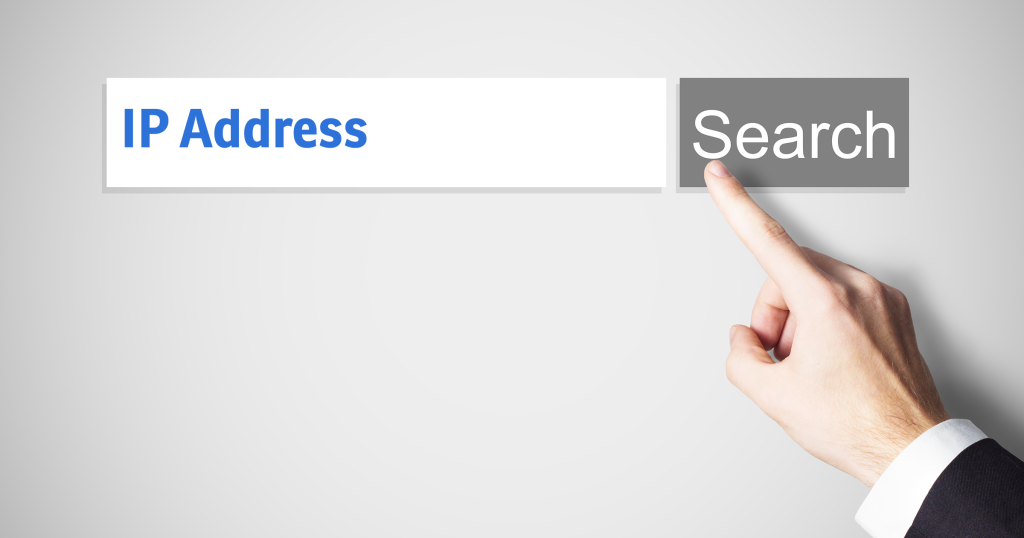IP addresses are fundamental to online communication and help make the internet work. But they can also reveal information about your device and location, if someone is interested in tracking you online.
The way that your devices connect to the Internet is incredibly clever and complicated. Each device has a private IP address, which is kind of like your home’s mailing address in the digital world.
Types
When you browse the web or send an email, the device you’re using (phone, laptop, computer, game console) gets its own unique Internet Protocol (IP) address. Think of it as a mailing address, but for online activity. This information is publicly available, so anyone on the Internet, from companies you do business with to friends and family you email, can use it.
For example, if you receive marketing emails from Levi’s and check the full header of the message, you can find out what city or region the company is in by looking up the sender’s IP address. This is possible with multiple methods, including online lookup tools and running a command prompt.
If you’re on a Mac, you can also see your device’s private IP address in the System Preferences Network panel by selecting the Wi-Fi or Ethernet connection and clicking Details. Your address should appear at the top of the window. You can also find your Mac’s IP address in a command prompt by opening the Utilities folder or searching “command prompt” in Spotlight.
Locations
Every internet-connected device, including computers, mobile phones, routers, and even 3D printers, has an IP address. It’s how the devices recognize one another, and it’s also how websites and computer networks identify users when they visit them.
IP addresses can reveal a lot of information about a person’s location, and many online services allow people to look up an individual’s location by entering their IP address. These tools can often provide the country, state, city, latitude and longitude coordinates, language, currency information, and time zone of the person’s location.
You can also trace an individual’s IP address using a command line on your computer. This method requires a little more technical know-how, but it can be useful if you’re looking to blacklist a device or want to verify an individual’s location. To do this, open a terminal window (or the Command Prompt on a Mac) and enter the right command for your operating system. This will display a list of the devices on your network, including their IP addresses.
Security
Your IP address connects you to a worldwide network, much like your home’s, apartment’s or business’s physical address connects you to the mail/postal and package delivery system. It is a bit of an engineering marvel, but it’s also pretty simple—and incredibly useful for navigating the internet.
Knowing your public IP address can help you set up remote access to your home network, play online games and use VoIP services more efficiently. It can also reveal your general location to people you interact with online, and some companies use your IP address to deliver personalized ads to you.
However, hackers can also use your IP address to infect your device with malware, steal passwords and credit card information, or impersonate you for fraudulent activities. So, it’s important to keep your antivirus software up to date. If you want to change your IP address, you can do so by logging into the settings on your router or using a VPN service.
Apps
Whether you’re a cybersecurity professional or just a regular internet user, knowing how to track IP addresses is important. Luckily, there are a few easy ways to do so.
For example, if you’re using a computer with Windows or macOS, click the Start button, type Network Connections, and then select View network status and tasks. You’ll see your current IP address in the details.
On a phone or tablet, open the Settings app, tap Wi-Fi, and then tap the information button (it looks like a “” inside of a circle). You’ll see your current IP address listed with other network information.
Another option is to use an IP lookup tool, such as the one on this page or our full-featured counterpart. It’ll show you a wealth of information, including the originating city/region/state, postal/zip code, ISP, and time zone. This is all free and legal, thanks to the magic of IP addresses. The only thing it can’t do is tell you what your name is.






